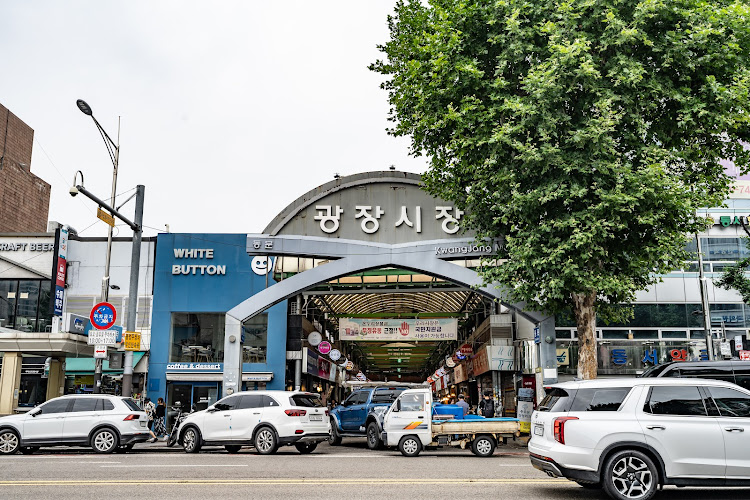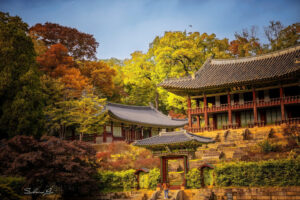
About Gwangjang Market
Gwangjang Market stands as a testament to Seoul's culinary heritage, offering an immersive journey into the heart of Korean street food culture. This sprawling marketplace, with roots dating back to the early 20th century, presents a sensory feast that captivates both locals and tourists alike. As you navigate the labyrinthine corridors, the aroma of sizzling delicacies fills the air, beckoning you to explore further. The market's crown jewel is undoubtedly its vast array of traditional Korean snacks and street foods. Among these, the giant mung-bean pancakes reign supreme, offering an authentic and affordable taste of Korea's culinary prowess. Beyond the gastronomic delights, Gwangjang Market serves as a living museum of sorts. Its historical significance is palpable, with many stalls and practices remaining largely unchanged since the 1950s. This preservation of tradition allows visitors to step back in time and experience a slice of Seoul's past. The market's allure extends beyond food, encompassing a diverse selection of clothing and souvenirs. However, it's the food court that truly steals the show, spanning an area larger than eight football fields and buzzing with constant activity. While the market's popularity among tourists is evident, it's worth noting that the experience can be overwhelming for some. The sheer size and bustling atmosphere might prove challenging to navigate, especially during peak hours. Additionally, while many find the market charming in its authenticity, others might perceive it as somewhat chaotic or less polished than modern attractions. For those seeking an unvarnished glimpse into Korean culture and cuisine, Gwangjang Market offers an unparalleled experience. It's a place where tradition and modernity collide, creating a unique tapestry of sights, sounds, and flavors that epitomize the essence of Seoul's culinary landscape.Gwangjang Market stands as a testament to Seoul’s culinary heritage, offering an immersive journey into the heart of Korean street food culture. This sprawling marketplace, with roots dating back to the early 20th century, presents a sensory feast that captivates both locals and tourists alike.
As you navigate the labyrinthine corridors, the aroma of sizzling delicacies fills the air, beckoning you to explore further. The market’s crown jewel is undoubtedly its vast array of traditional Korean snacks and street foods. Among these, the giant mung-bean pancakes reign supreme, offering an authentic and affordable taste of Korea’s culinary prowess.
Beyond the gastronomic delights, Gwangjang Market serves as a living museum of sorts. Its historical significance is palpable, with many stalls and practices remaining largely unchanged since the 1950s. This preservation of tradition allows visitors to step back in time and experience a slice of Seoul’s past.
The market’s allure extends beyond food, encompassing a diverse selection of clothing and souvenirs. However, it’s the food court that truly steals the show, spanning an area larger than eight football fields and buzzing with constant activity.
While the market’s popularity among tourists is evident, it’s worth noting that the experience can be overwhelming for some. The sheer size and bustling atmosphere might prove challenging to navigate, especially during peak hours. Additionally, while many find the market charming in its authenticity, others might perceive it as somewhat chaotic or less polished than modern attractions.
For those seeking an unvarnished glimpse into Korean culture and cuisine, Gwangjang Market offers an unparalleled experience. It’s a place where tradition and modernity collide, creating a unique tapestry of sights, sounds, and flavors that epitomize the essence of Seoul’s culinary landscape.
Location
Places to Stay Near Gwangjang Market
Find Tours in Jongno District
Explore More Travel Guides
No reviews found! Be the first to review!


